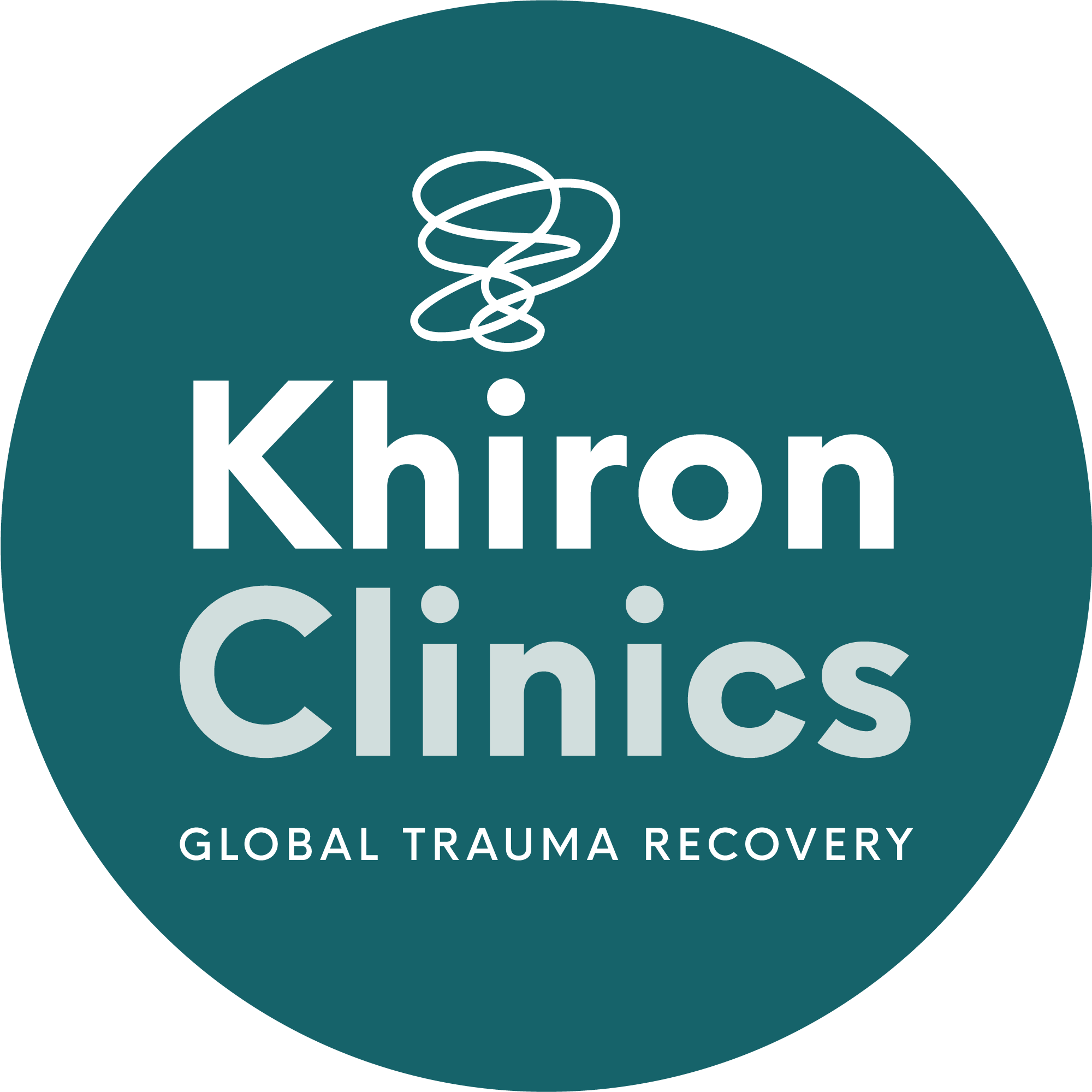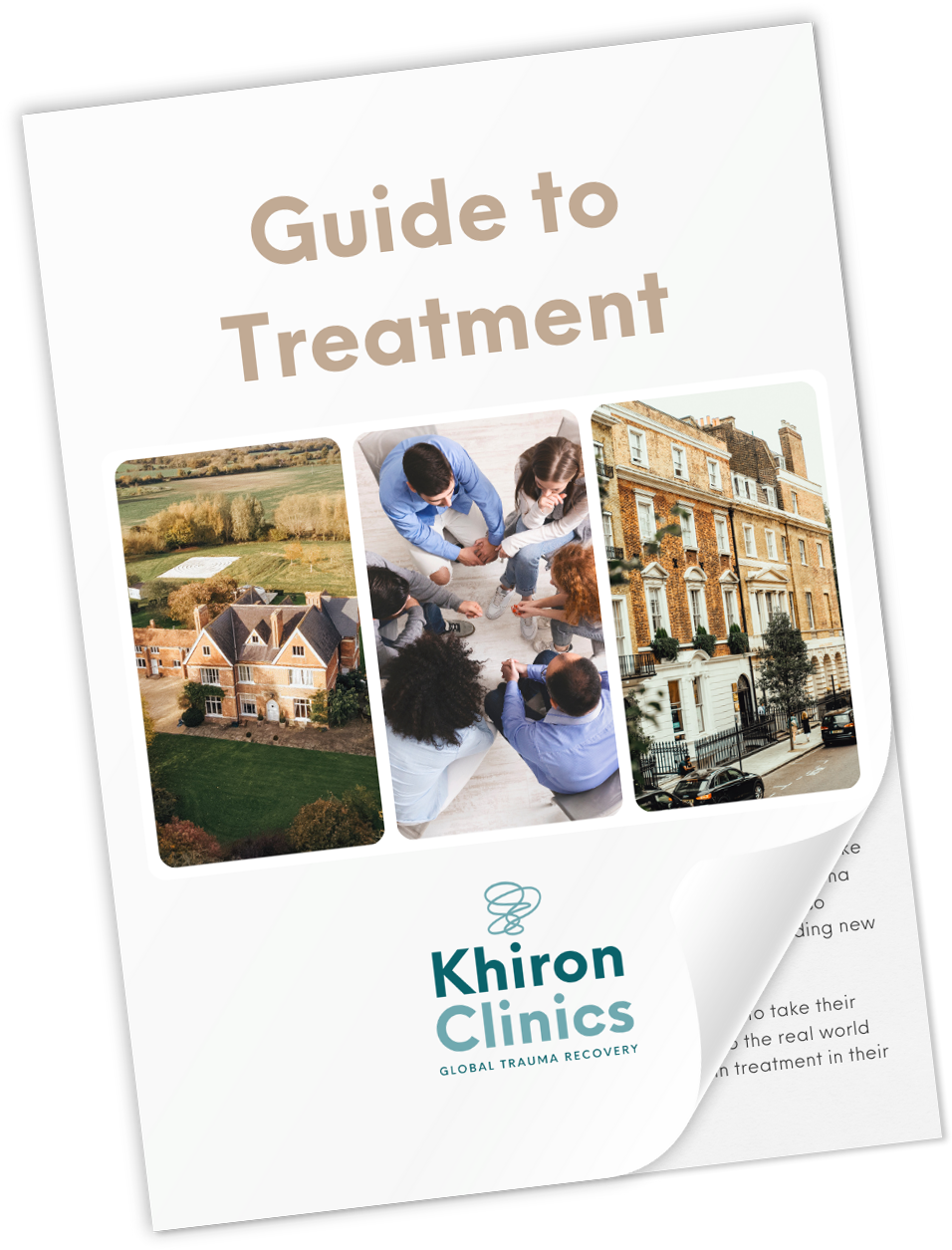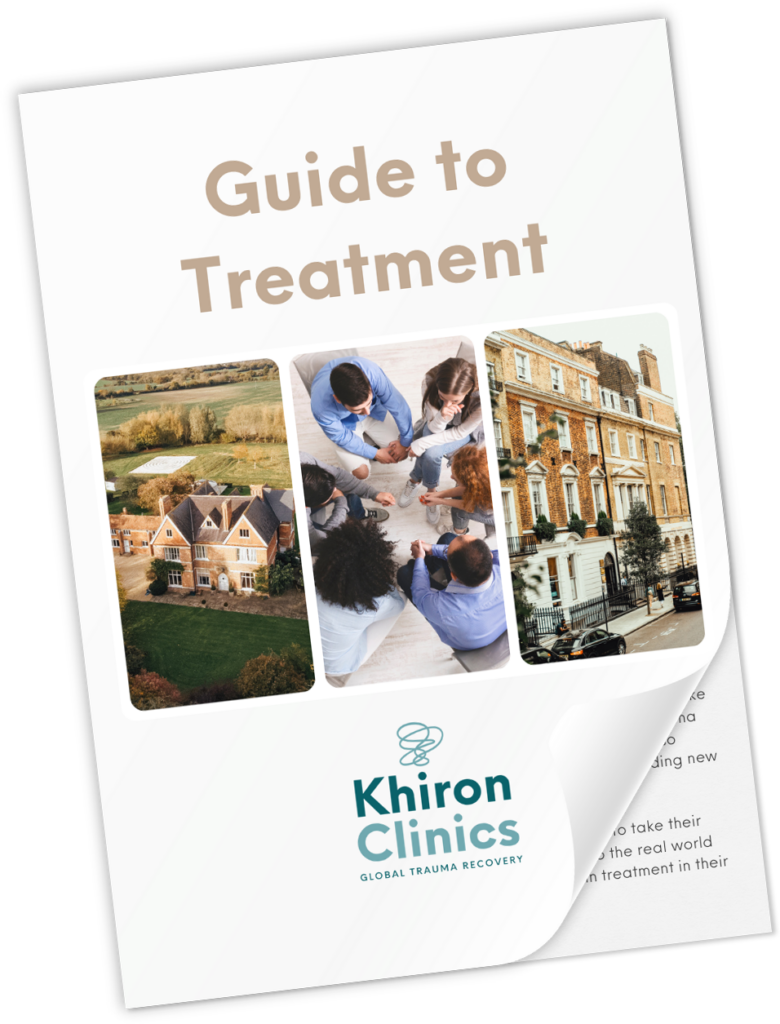Trauma bonding refers to a strong emotional attachment that develops between a person who is or has been abused and their abuser. This connection is based on the abusive experiences the victim has endured, whether it’s emotional or physical abuse. Despite being mistreated, the victim forms a bond with the abuser, often due to the cycle of abuse, which includes moments of reconciliation and calm after the abuse. These moments of peace create a false sense of safety and attachment, causing the victim to cling to the abuser even when the abuse resurfaces.
Trauma bonding has become an increasingly common term used in discussions about abuse, yet many misunderstand the whole meaning and experience that it describes. Understanding trauma bonding is crucial for helping those who have experienced abuse, as it explains why they may have complex and mixed feelings about their abusive relationships. Breaking free from trauma bonding and healing from the effects of abuse means recognising the signs and seeking professional support from abuse experts and therapists.
The Cycle
The psychological phenomenon known as Stockholm syndrome or trauma bonding has been observed in various situations like intimate partner violence, child abuse, hostage scenarios, human trafficking, and cults. It involves victims developing emotional attachments to their abusers or captors as a result of interpersonal trauma 1. This develops through a cycle of abuse. The cycle of abuse has been widely researched and critiqued, some agree with the four stages, and others do not, with many abuse survivors highlighting that this does not mirror their experience. The 4 stages are as follows:
Tensions Build
Abusive partners react to external stressors, leading to mounting tension and feelings of powerlessness, anger, and paranoia. You may try to placate them to avoid abuse, becoming hyper alert to their needs while feeling anxious and on guard.
Incident of Abuse or Violence
The abuser seeks to regain control by releasing tension on others. This abuse can manifest as insults, threats, attempts to control, physical violence, or emotional manipulation. The abuser may blame you for the abuse, but remember, they are responsible for their actions.
Reconciliation
Following the abuse, the abuser enters a “honeymoon” stage, trying to move past the incident with kindness and loving gestures. These actions trigger bonding hormones, leading you to believe the relationship is back on track.
Calm
Both parties seek to maintain peace, often justifying or denying the abuse. The abuser might apologise while blaming others or point to external factors to excuse their behaviour. You may begin to accept their excuses and doubt the severity of the abuse.
This cycle repeats over time, with the length between repetitions varying and often shortening as the abuse escalates. The calm period may diminish or disappear entirely as the abuse intensifies over time. Recognizing this cycle is crucial for those experiencing abuse to break free and seek help for a healthier, safer future.’
A Closer Look
There are, however, a number of problems with the way this cycle depicts abuse and it may not be appropriate for all cases. The model was designed following anecdotal research on women who experienced domestic abuse 2, and as such it centres on women abused by men. This makes it difficult to recognize the experiences of individuals who don’t fit this traditional gendered model. This can lead to doubt and dismissal when survivors seek support from professionals and loved ones who are limited in their understanding of abuse.
Additionally, the cycle of abuse model can foster victim-blaming, as it suggests that abuse always follows a predictable pattern. This can place blame on the survivor, leading them to doubt their experiences and feel responsible for the abuser’s actions. In reality, responsibility for abuse lies solely with the abuser, regardless of the survivor’s actions or attempts to placate the abuser.
The model has also been described as outdated as it primarily focuses on physical violence, while abuse can also involve other nonphysical tactics such as financial control, emotional manipulation, and verbal degradation. These nonphysical forms of abuse can be equally damaging and impactful, and often harder to recognise.
Finally, the model suggests that abuse can be predicted, but in reality, abuse often occurs without warning. Many people may not recognize the early signs of abuse, and abusers may begin their harmful behaviour gradually and subtly. Limiting awareness to specific steps, gender, community, or background can also overlook other abusive situations.
While the cycle of abuse model may offer some helpful insights, it is essential to approach abuse with a broader and more inclusive perspective, acknowledging the diverse manifestations of abuse and focusing on holding abusers accountable for their actions.
Seeking Support
Seeking professional support for trauma bonding is a crucial step towards healing and breaking free from the cycle of abusive relationships. Trauma bonding can be highly complex and challenging to overcome, making professional guidance essential for addressing its effects on emotional well-being and behaviour.
Trauma-Informed Therapy: Individual therapy with a licensed mental health professional can provide a safe and confidential space to explore your experiences, feelings, and thoughts related to trauma bonding. Therapy can help you gain insight into the dynamics of the abusive relationship, identify patterns of behaviour, and develop healthier coping strategies. Consider finding a therapist who specialises in trauma-informed therapy. They are trained to work with individuals who have experienced trauma and can help you process and work through the emotional impact of trauma bonding. Trauma-focused modalities such as Eye Movement Desensitization and Reprocessing (EMDR) can help to address and process the deep-rooted effects of trauma bonding.
Support Groups: Participating in support groups for survivors of abuse or trauma bonding can be beneficial. Being part of a supportive community can help you feel understood and less alone, providing an opportunity to share experiences and learn from others who have faced similar challenges.
Safety Planning: If you are still in an abusive relationship or concerned about your safety, a professional can help you create a safety plan. This plan can include steps to protect yourself and establish boundaries, such as seeking legal assistance or accessing local resources for survivors of abuse.
Educational Resources: Therapists can provide educational resources on codependency, trauma bonding, and healthy relationship dynamics. Understanding the psychological aspects of trauma bonding can aid in breaking free.
Self-Care Strategies: A mental health professional can help you develop self-care strategies to rebuild your sense of self-worth and self-compassion. Self-care practices can support your emotional healing journey.
Long-Term Healing: Recognize that healing from trauma bonding is a gradual process. It may require ongoing support and patience as you work towards breaking free from the cycle and rebuilding your life.
Remember that seeking professional help is a courageous and essential step towards regaining control of your life and well-being. A skilled and compassionate therapist can provide the support, guidance, and tools needed to heal from trauma bonding and create a healthier future.
End Notes
- Casassa, Knight, L., & Mengo, C. (2022). Trauma Bonding Perspectives From Service Providers and Survivors of Sex Trafficking: A Scoping Review. Trauma, Violence, & Abuse, 23(3), 969–984. https://doi.org/10.1177/1524838020985542
- Walker. (2009). The battered woman syndrome (3rd ed.). Springer Pub. Co.



